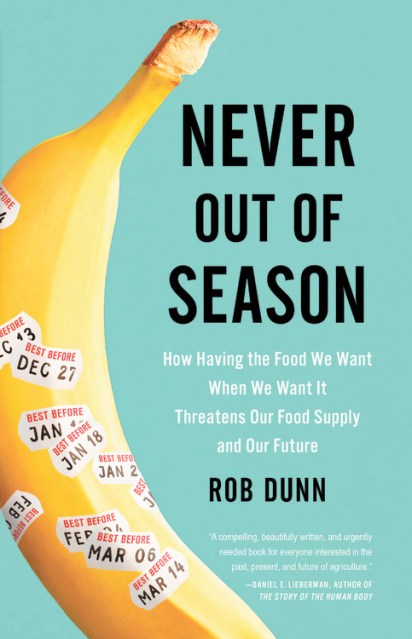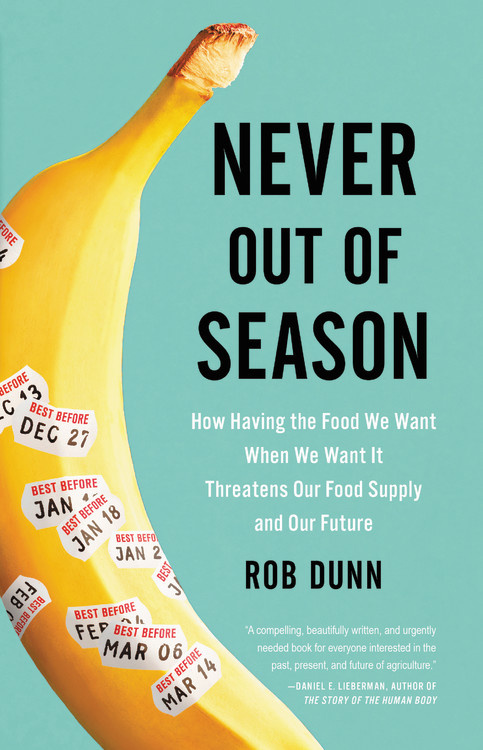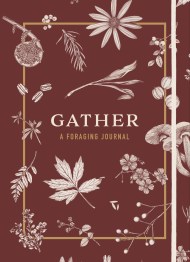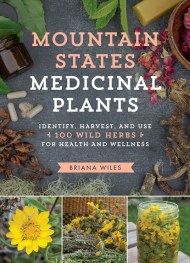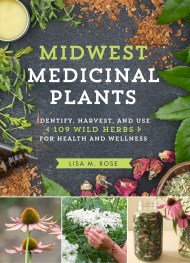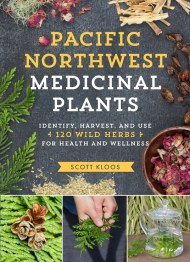Promotion
Sign up for our newsletters to receive 20% off! Shop now. Exclusions apply.
By clicking “Accept,” you agree to the use of cookies and similar technologies on your device as set forth in our Cookie Policy and our Privacy Policy. Please note that certain cookies are essential for this website to function properly and do not require user consent to be deployed.
Never Out of Season
How Having the Food We Want When We Want It Threatens Our Food Supply and Our Future
Contributors
By Rob Dunn
Formats and Prices
Price
$27.00Price
$35.00 CADFormat
Format:
- Hardcover $27.00 $35.00 CAD
- ebook $10.99 $13.99 CAD
- Audiobook Download (Unabridged)
This item is a preorder. Your payment method will be charged immediately, and the product is expected to ship on or around March 14, 2017. This date is subject to change due to shipping delays beyond our control.
Also available from:
That’s the story of our food today: Modern science has brought us produce in perpetual abundance once-rare fruits are seemingly never out of season, and we breed and clone the hardiest, best-tasting varieties of the crops we rely on most. As a result, a smaller proportion of people on earth go hungry today than at any other moment in the last thousand years, and the streamlining of our food supply guarantees that the food we buy, from bananas to coffee to wheat, tastes the same every single time. Our corporate food system has nearly perfected the process of turning sunlight, water and nutrients into food.
But our crops themselves remain susceptible to the nature’s fury. And nature always wins. Authoritative, urgent, and filled with fascinating heroes and villains from around the world, Never Out of Season is the story of the crops we depend on most and the scientists racing to preserve the diversity of life, in order to save our food supply, and us.
Genre:
- On Sale
- Mar 14, 2017
- Page Count
- 336 pages
- Publisher
- Little, Brown and Company
- ISBN-13
- 9780316260725
Newsletter Signup
By clicking ‘Sign Up,’ I acknowledge that I have read and agree to Hachette Book Group’s Privacy Policy and Terms of Use
